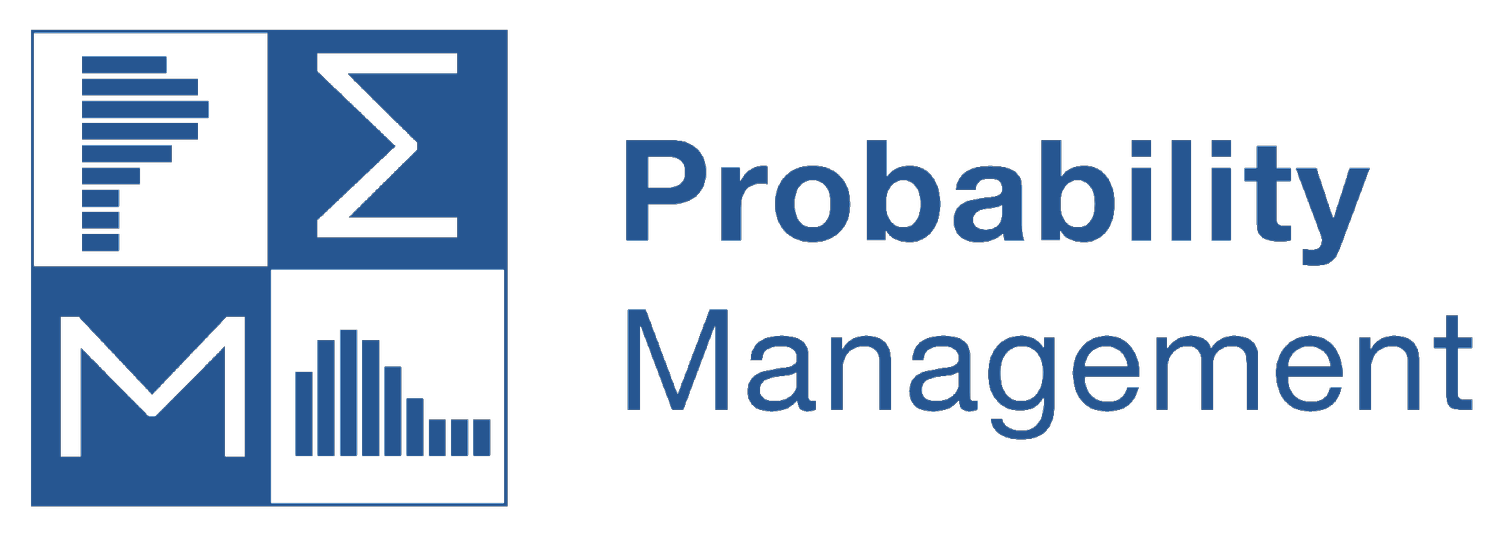Regardless of Your Political Position
by Sam L. Savage
The entire world is facing tradeoffs between public health and economics. But at a high level it is obvious what to do. We must choose between rational tradeoffs that balance these two objectives (the O’s in the graph above) or decisions that could be improved in both dimensions (X’s). There are many more X’s than O’s, and the O’s are hard to find. But we have the analytical technology to find them and should start now.
When we do find the O’s, some will favor healthcare outcomes, some economic outcomes, and some will be in between. So how should we choose among them? The way our country has traditionally made decisions that impact various stakeholders differentially, with democracy. Regardless of your politics, you want an O, not an X, and it’s nice that we can all agree on something.
So, what is the technology that can help us find the O’s? It is called stochastic optimization, and it has been used in the financial and insurance industries for decades. But how can you optimize when everything is so uncertain? The word stochastic means explicitly modeling the uncertainty, as opposed to rolling it into a single average number as in the Flaw of Averages.
Modern Portfolio Theory
In the early 1950’s, future Nobel Prize winner Harry Markowitz was writing his doctoral dissertation on investing at the University of Chicago’s Department of Economics. The academic literature at the time prescribed maximizing average return. But Harry realized that this would have you investing all your money in the single hottest stock in the market. This flies in the face of not putting all your eggs in one basket. So, he explicitly added a new dimension to the investment problem: risk, measured as the uncertainty in return as shown below. Every investment is a point on this graph, and Harry calculated what he called the “Efficient Frontier,” an optimal risk/return tradeoff curve, arcing up from the origin.
This was the first stochastic optimization of which I am aware.
No rational investor would choose an investment to the right of the curve because going straight left to the curve would yield an investment with lower risk at the same return. Going straight up to the curve would yield an investment with more return at the same risk. So, an investment to the right of the curve is just plain nuts. Because the curve was found through optimization in the first place, nothing can exist to its left. And people first detected that Bernie Madoff was a fraud because he was promising the impossible on this graph.
A rational investor might pick any point on the curve depending on their risk attitude as shown. Harry’s 1952 paper on Portfolio Selection led to Modern Portfolio Theory (MPT), which revolutionized Wall Street, led to other stochastic optimization methods, and ultimately garnered him a Nobel Prize in Economics in 1990.
SIP Libraries
In 2006, I helped Royal Dutch Shell apply MPT to finding efficient frontiers of risky exploration projects. A small prototype model (shown below) has risk on the horizontal axis and expected return on the vertical as in Harry’s original approach. It is available for download here.
The Shell portfolio model was assembled from smaller models of the individual exploration projects using the concept of the SIP (Stochastic Information Packet). This is a data structure that represents uncertainties as auditable arrays of Monte Carlo trials and metadata. The project SIPs were interactively aggregated into portfolios in Excel, allowing managers just two steps below the CEO to add or remove projects in real time and see the resulting risk/return tradeoffs. The idea of SIP libraries, which had its foundations in the fields of financial engineering and insurance, has now been democratized by 501(c)(3) nonprofit ProbabilityManagement.org, of which Harry Markowitz and I were founding board members in 2013.
COVID-19
Meanwhile, back in the pandemic, there is so much uncertainty about the progression of the contagion, the effects of the disease itself, and human behavior in the face of it all, that the Flaw of Averages abounds.
Again, in theory, stochastic optimization can be applied to this problem, as we applied it at Shell. But due to the size and complexity, a single model would collapse under its own weight before producing useful results. In fact, I am not sure a single team of modelers could do it.
So, our nonprofit has begun experimenting with an approach that would allow teams in diverse disciplines to collaborate on this problem by decomposing it into manageable chunks. Models of contagion, government policy, and economics created separately in such common environments as Excel, R, and Python could be snapped together like Lego blocks using common SIP libraries. We have been working with colleagues at Kaiser Permanente and other healthcare organizations on this project and are actively seeking other potential partners.
To leave you with something tangible, the blue curves in the graph display what we call the sample paths of a contagion model, with one for each of hundreds or thousands of simulated uncertain outcomes. Taken together, they can help us find the O’s. The red curve is the simulated “average” pandemic, which leads to an X.




